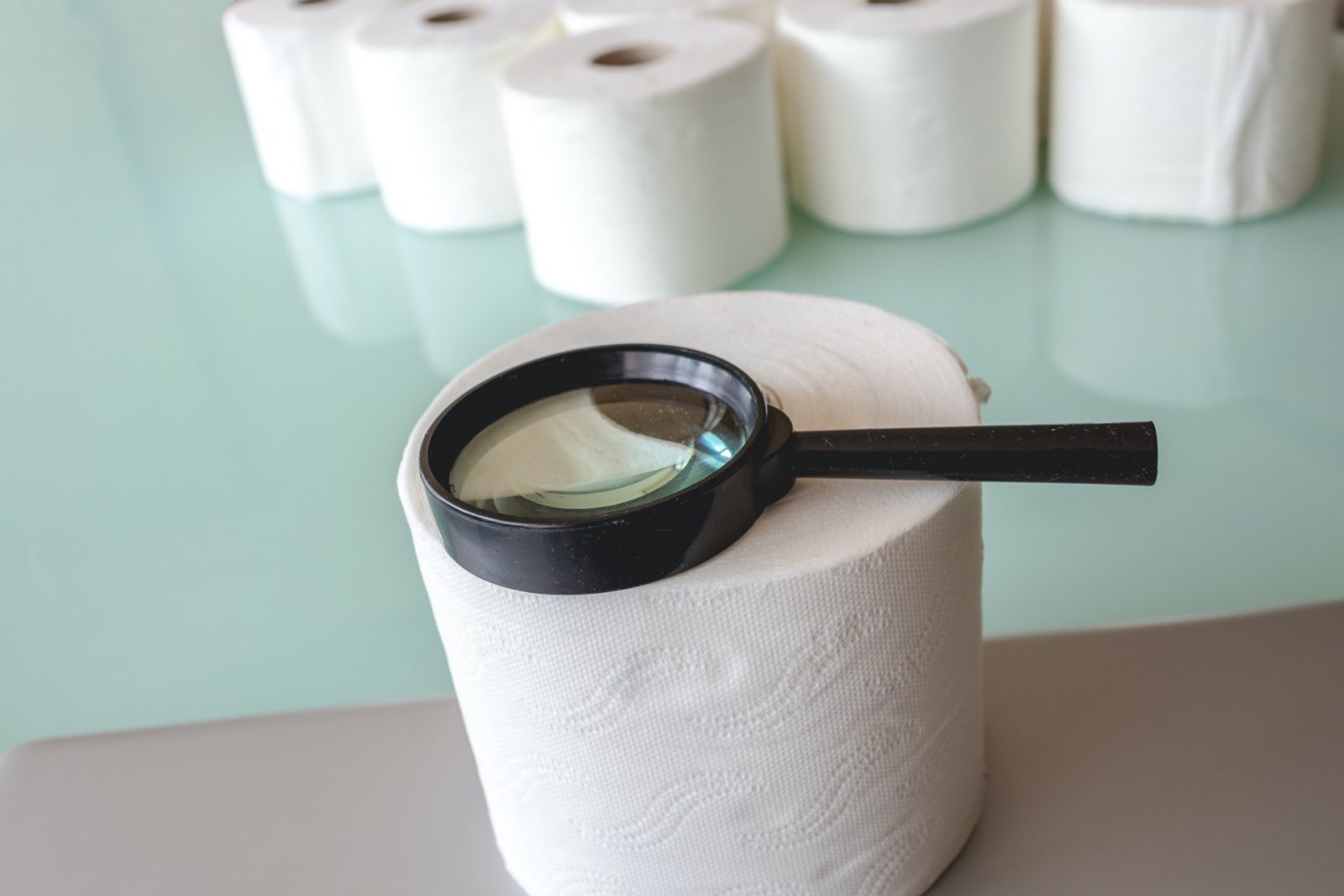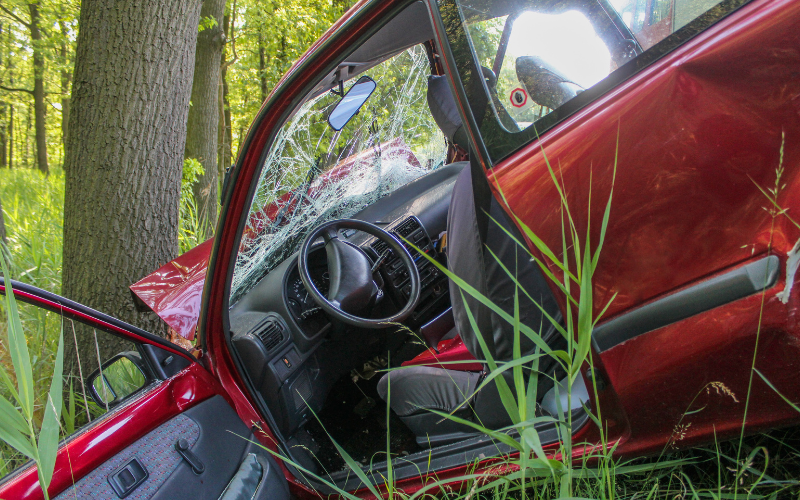Ohio Department of Health is monitoring COVID-19 from the bottom up

Gov. Mike DeWine revealed a new COVID-19 monitoring system Sept. 3 that is making the most of a crappy situation: the Ohio Coronavirus Wastewater Monitoring Network.
The network will test wastewater samples from major Ohio cities for traces of coronavirus, which could predict increases in COVID-19 cases up to a week before traditional testing methods would, according to the Ohio Department of Health website. The research will provide a more complete picture of COVID-19 spread and could serve as an early warning system when regional outbreaks are occurring.
BROUGHT TO YOU BY
Wastewater testing picks up traces of the virus that are excreted by symptomatic and asymptomatic COVID-19 carriers alike, while traditional tests are typically only administered to infected individuals after symptoms occur. However, wastewater tests cannot provide a specific number of infected individuals; they can only indicate trends.
The coronavirus traces in wastewater are not contagious, and all wastewater is treated to remove viruses and bacteria.
The process works by monitoring for genetically distinct copies of coronavirus in wastewater samples. The more copies there are, the faster the virus is spreading. Those differences are discovered by testing wastewater for coronavirus RNA as it enters treatment plants. RNA is the genetic code that makes up a virus, and it mutates rapidly.
The Ohio Department of Health has provided an interactive map on its website with data from individual treatment plants and geographic areas.
The network is a collaboration between the Ohio Department of Health, the Ohio Environmental Protection Agency, the U.S. Environmental Protection Agency, the Ohio Water Resources Center at Ohio State, and other participating universities across the state.


Photo courtesy of Chambers Purely Boulders’ Facebook page 

BROUGHT TO YOU BY





